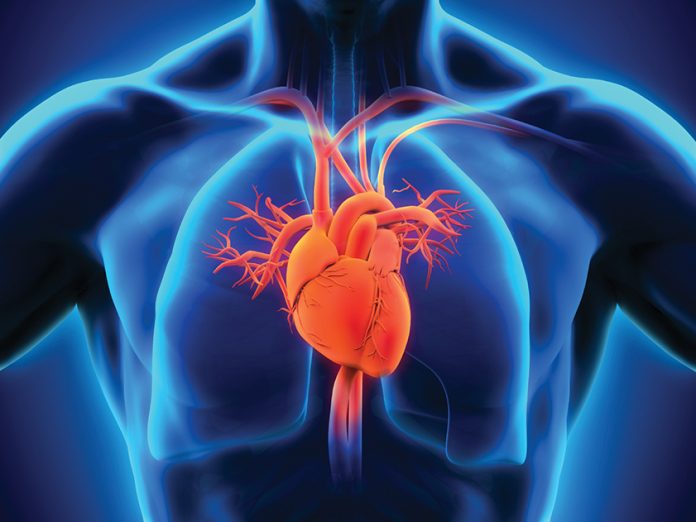Angioplasty, also called percutaneous coronary intervention (PCI), is a procedure used to open blocked coronary arteries (caused by coronary artery disease). It restores blood flow to the heart muscle without open-heart surgery. Angioplasty can be done in an emergency setting such as an acute heart attack or in an elective setting when heart disease is strongly suspected from non-invasive testing.
For angioplasty, a special catheter (a long, thin, hollow tube) is inserted into a blood vessel and guided to the blocked coronary artery. The catheter has a tiny balloon at its tip. Once the catheter is in place, the balloon is inflated at the narrowed area of the coronary artery. This presses the plaque or blood clot blocking the artery against the sides of the artery making more room for blood flow.
The use of fluoroscopy (a special type of X-ray that’s like an X-ray “movie”) helps the doctor find the blockages in the coronary arteries as a contrast dye moves through the arteries. This is called coronary angiography.
Stents
Coronary stents are now used in nearly all angioplasty procedures. A stent is a tiny, expandable, metal mesh coil that is put into the newly-opened area of the artery to help keep the artery from narrowing or closing again.
Once the stent has been placed, tissue will start to form over it within a few days after the procedure. The stent will be completely covered by scar tissue within a month or so. Medicines called antiplatelets must be taken to decrease the “stickiness” of platelets (special blood cells that clump together to stop bleeding), and to prevent blood clots from forming inside the stent. Your doctor will give specific instructions on which medicines need to be taken and for how long.
Most stents are coated with medicine to prevent the formation of too much scar tissue inside the stent. These stents, called drug-eluting stents, or DES, release medicine within the blood vessel that inhibits the overgrowth of tissue within the stent. This helps deter re- narrowing of the blood vessel.
Some stents do not have this medicine coating and are called bare metal stents or BMS. They may have higher rates of stenosis but do not require long-term use of antiplatelet medicines. This may be the preferred stent in people who are at high risk of bleeding.
Why might I need angioplasty?
Angioplasty is done to restore coronary artery blood flow when the narrowed artery is in a location that can be reached in this manner. Not all coronary artery disease (CAD) can be treated with angioplasty. Your doctor will decide the best way to treat your CAD based on your circumstances.
If you should need any more information about angioplasty and stents or would like to make an appointment to talk with a cardiologist then contact Phyathai Sriracha Heart Center on telephone 08 – 009 – 9009 Email. [email protected]m www.phyathai-sriracha.com










